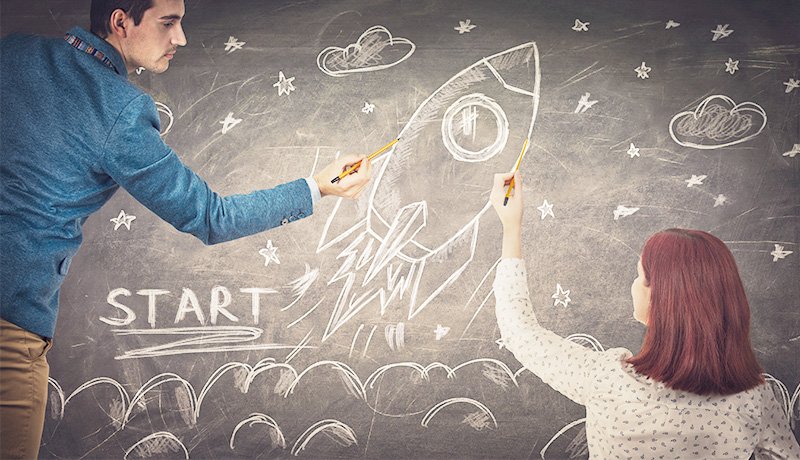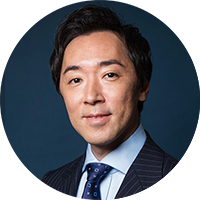Coach's VIEW is a business column authored by executive coaches in COACH A, aimed at providing valuable insights and effective approaches for leveraging coaching to foster organizational and leadership development. The column draws on the latest coaching trends and data, as well as insights from notable global publications on coaching.
What is Dialogue After All?

What is "dialogue" after all?
I have been talking about this topic quite often with fellow coaches lately, and even more often than last year. A dialogue is a two-way communication, not a one-way communication. We understand what it means, but the question here is where to go from there.
We define "dialogue" as a two-way communication that creates new meaning, understanding, and knowledge together while unfolding each other's differences (*1). However, I feel that this definition is also quite a difficult one to understand in a straightforward manner.
Kenneth J. Gergen, a leading scholar of social construction, says that dialogue enables us to create reality and the future together (*2). The Russian theorist, Bakhtin, the founder of the notions of dialogism and polyphony, says that dialogue is like arrows we shoot back and forth with each other to change each other for the better (*3).
In their words, we can feel the enormous possibilities and the enormous depth of "dialogue," but what is "dialogue" that makes them say so?
Liberation From Judgment
Bakhtin's definition of dialogue, which has still influenced many dialogue theorists, refers to "a general relationship in which one calls out to the other and the other responds". Bakhtin's question was not about whether or not the act was a dialogue, but whether or not a new meaning emerges from the dialogue; whether or not it is creative.
Why did Bakhtin insist on creative dialogue? In the background, there is our own habit of giving priority to one-sided views. We live in a culture that places a lot of emphasis on "knowing, understanding, and comprehending". Therefore, we tend to unconsciously assume that this is the way things are, and believe that we understand them. I think Bakhtin was warning us against this habit and advocating a different approach. The moment we perceive the person in front of us as "this is who he is," we lock him into that image and close off all possibilities.
Bakhtin believed "the human mind is inherently free, full of uncertainties, and cannot be determined for any length of time. It cannot be determined by others, nor can it be determined by itself." Creative dialogue means a dialogue to unlock our perspectives from all judgments and to open up new possibilities.
Tradition, morality, social common sense, justice, rules, and optimal solutions. There is no end to the list of things that have been defined as the right answer, and also we are surrounded by concepts and voices that insist that we must do this or that. And we unconsciously take them into ourselves and bind ourselves to them.
So how can dialogue be more creative?
The Gateway to Creative Dialogue
Upon discussing with some of my fellow coaches about when dialogue becomes more creative, one female coach said that it became more creative when she had to bring up things she did not really want to say. She said that it was not comfortable for her; that her heart was pounding.
We tend to try to be comfortable with each other. We are tempted to find common ground and create a sense of security rather than bring our differences out in the open. Even if we do express an opinion that differs from the other person, we might only express what we feel is safe to say up to this point.
We keep in the back of our mind any thoughts or feelings that we feel are too risky to say, or that might jeopardize the relationship between us and another person.
My fellow coach said "when you still take the risk and show what is in your gut, the creative dialogue begins". It is the kind of dialogue where both parties step into completely uncharted territory, where there is no harmony.
When thinking back, I can recall many memorable moments when I heard the true feelings of my subordinates, clients, acquaintances, or family members that I had never anticipated. My assumptions about them collapsed, a new relationship with them was re-established, and a different future opened up. When a client said to me, "I don't know if I can trust Sou as a coach," all my senses were sharpened as I tried to listen with my whole body to what the client was trying to tell me. I also tried to tell them what I was thinking without hesitation and without any lies. I felt very sincere, or rather, I was ready to expose everything in my mind, even though I did not know what would happen.
It may be somewhat extreme, but unless both parties take some risks on the spot, creative dialogue may not begin.
Struggle, and Change Towards Abundance
Words said at risk do not constitute a dialogue if one side dismisses them.
Bakhtin says that in order for dialogue to be more creative, we cannot rule out the possibility of abandoning ideas and positions that we have already held. We both rewrite what we have inside. In other words, creative dialogue can only take place when both parties are open to changing themselves.
Creative dialogue makes possible a new future that is not an extension of the past.
The only way to make this possible is to be prepared to change, to take risks and bring differences into the dialogue, and to keep the dialogue going no matter what.
Bakhtin described it as "the fight for mutual enrichment and change".
* * *
"Re-examine the norm". I feel that this is required in many companies today.
There are many norms that has been cultivated in the long history of organizations, such as the idea that one must respect and follow the decisions of superiors, that customers always come first, that if you cannot achieve something it is because you are not making enough effort,that people who perform well are more competent, etc. There is an endless list of things I hear from my clients when I talk to them.
It is never easy to take a risk in speaking up to others. It may start with saying what you think more often and listening to what the other person thinks more often.
With whom and what kind of creative dialogue will you start?
[Reference]
1 Definition by COACH A.
2 Kenneth J. Gergen, Mary Gergen (authors), Mamoru Itoh (editor and translator), Social Constructivism entering The Dialogue, Discover 21, Inc., 2018.
3 Takashi Kuwano, Dialogue for Liviing: The Essence of Bakhtin's Dialogism, Iwanami Shoten Publishers, 2021.
*Regardless of profit, non-profit or intranet, secondary use such as copying, diversion, selling etc. is prohibited without permission.
Language: Japanese

